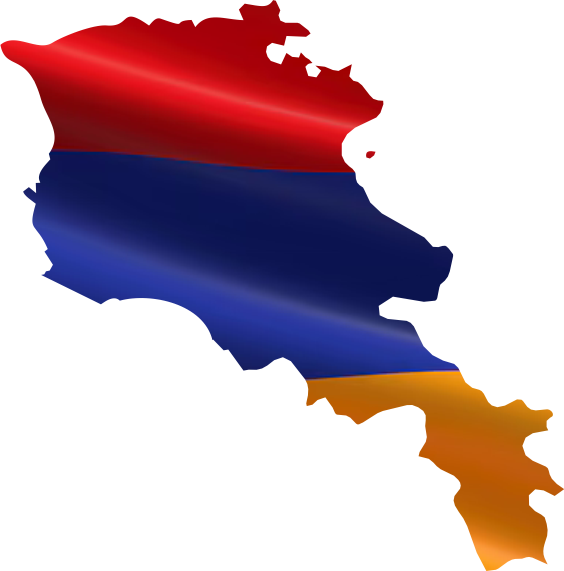

is a small, picturesque country located in Central Europe, bordered by Italy to the west, Austria to the north, Hungary to the northeast, and Croatia to the south. It also has a short coastline along the Adriatic Sea. Slovenia is a parliamentary republic known for its diverse landscapes, ranging from the Alps to the Mediterranean. The population predominantly follows Roman Catholicism, and the official language is Slovenian, a South Slavic language. The local currency is the Euro (EUR), and Slovenia is a member of the European Union and the Schengen Area. English is widely spoken, especially in urban areas and tourist destinations, with many Slovenians also speaking German or Italian due to the country's geographical location.
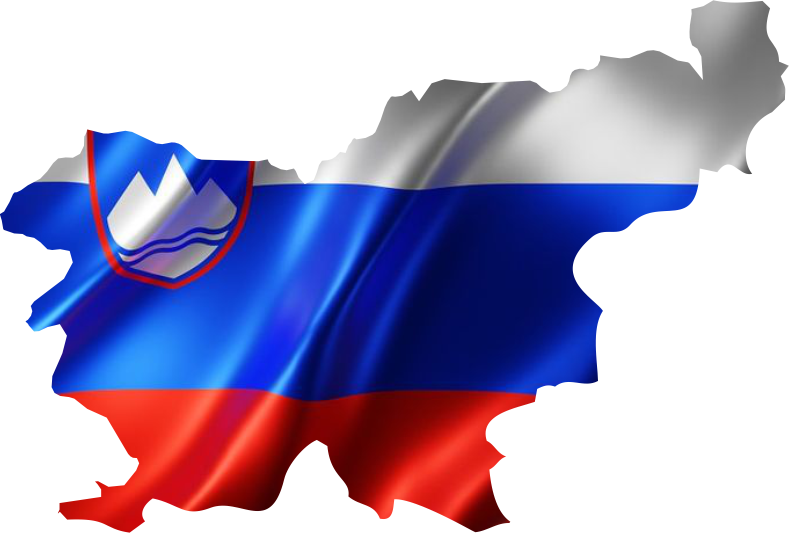
located in Southeast Europe along the Adriatic Sea, borders Slovenia, Hungary, Serbia, Bosnia and Herzegovina, and Montenegro. A parliamentary republic with a rich blend of Central European, Mediterranean, and Balkan influences, its population is predominantly Roman Catholic. Croatian is the official language, and the country adopted the Euro in 2023. English is widely spoken, especially in tourist areas. Croatia is a member of the European Union and the Schengen Area.
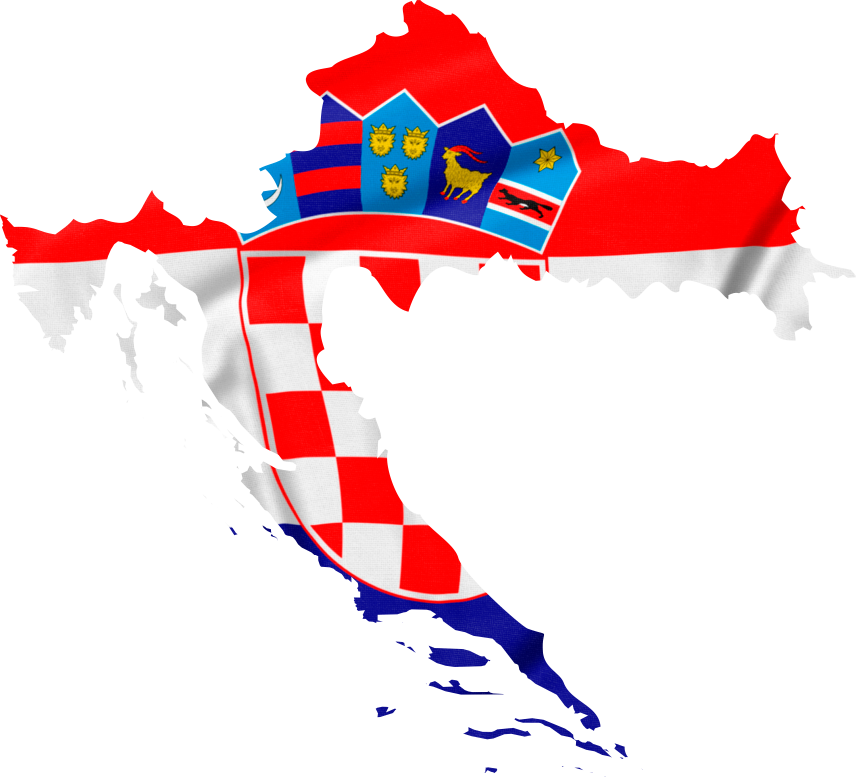
is a landlocked country in Central Europe, bordered by Poland to the north, Ukraine to the east, Hungary to the south, Austria to the southwest, and the Czech Republic to the west. Slovakia is a parliamentary republic known for its mountainous terrain, particularly the Carpathian Mountains and the High Tatras, which are popular for skiing and hiking. The population predominantly follows Roman Catholicism, and the official language is Slovak, a West Slavic language closely related to Czech. The local currency is the Euro (EUR), as Slovakia is a member of the European Union and the Eurozone. English is commonly spoken, especially among the younger population and in urban areas, with many Slovaks also speaking German or Hungarian due to historical and regional ties.
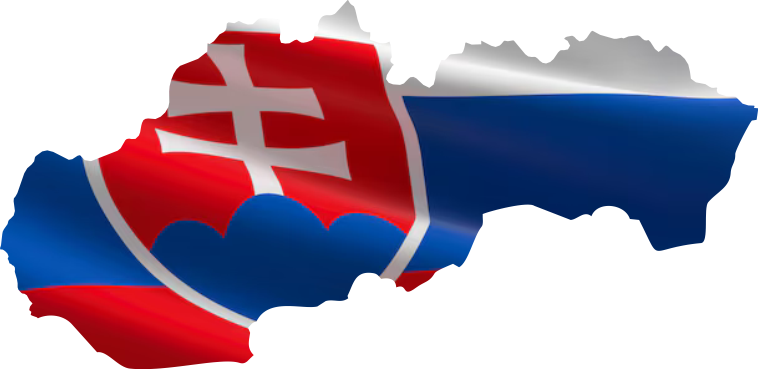
is a landlocked country in Central Europe, bordered by Austria to the west, Slovakia to the north, Ukraine to the northeast, Romania to the east, Serbia to the south, and Croatia and Slovenia to the southwest. Hungary is a parliamentary republic with a rich cultural history influenced by both Eastern and Western Europe. The population predominantly follows Roman Catholicism, and the official language is Hungarian, which is unique in the region as it is part of the Uralic language family, unrelated to most other European languages. The local currency is the Hungarian Forint (HUF), though the Euro is sometimes accepted in tourist-heavy areas. English is widely spoken, especially in Budapest and other major cities, and among the younger population. Hungary is part of the European Union and the Schengen area.
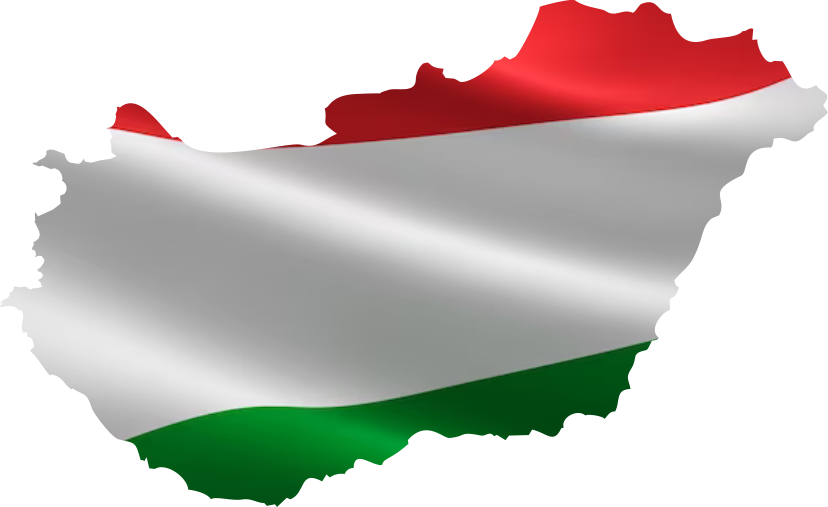
is a country located in Eastern Europe, bordered by Belarus to the north, Russia to the northeast and east, and the Black Sea to the south. It shares borders with Poland, Slovakia, Hungary, and Romania to the west. Ukraine is known for its diverse landscapes, including plains, mountains, and fertile farmland, as well as its rich cultural heritage. Ukraine is a unitary parliamentary republic with a predominantly Eastern Orthodox Christian population. The official language is Ukrainian, a Slavic language, with Russian also widely spoken, especially in the eastern regions. The local currency is the Ukrainian Hryvnia (UAH). While the Euro (EUR) and US dollar are accepted in some tourist areas, the Hryvnia is the primary currency used for transactions. English is increasingly spoken, particularly among younger generations and in urban areas, but it is not as commonly used as in some Western countries.
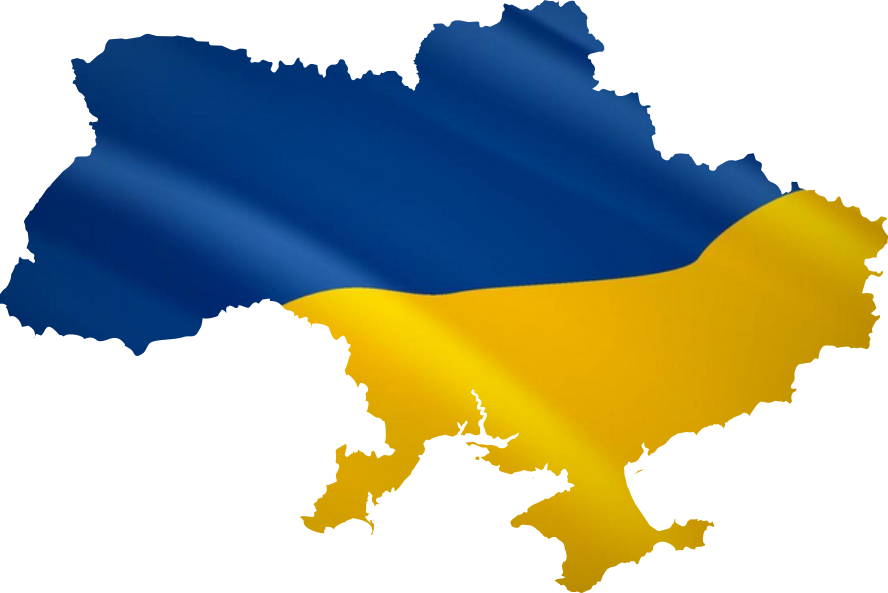
is a landlocked country located in Eastern Europe, bordered by Romania to the west and Ukraine to the north, east, and south. It is known for its rolling hills, vineyards, and rich agricultural land. Moldova is a parliamentary republic, and its population is predominantly Eastern Orthodox Christian. The official language is Romanian, often referred to as Moldovan in the country, although Russian is also widely spoken, especially in the breakaway region of Transnistria. The local currency is the Moldovan Leu (MDL). While the Euro (EUR) is accepted in some areas, especially in larger cities, the Leu is the primary currency used for transactions. English is less commonly spoken but is increasingly taught in schools and used among younger generations.
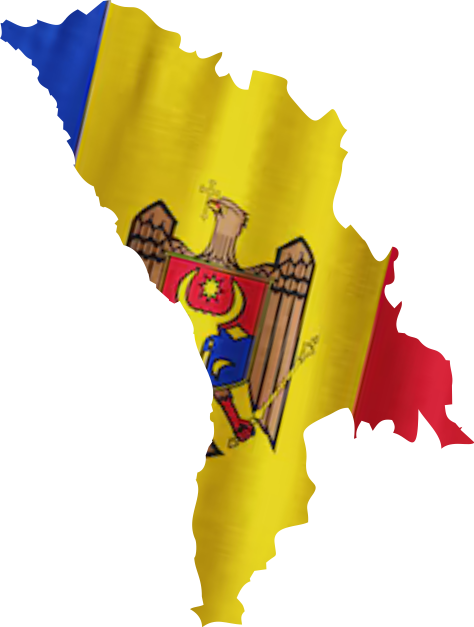
is a country located in Southeast Europe, bordered by Ukraine to the north, Moldova to the east, the Black Sea to the southeast, Bulgaria to the south, and Serbia to the southwest. It is known for its diverse landscapes, which include the Carpathian Mountains and the Danube River. Romania is a semi-presidential republic with a predominantly Christian population, primarily Eastern Orthodox. The official language is Romanian, a Roman language that evolved from Latin. The local currency is the Romanian Leu (RON). While the Euro (EUR) is accepted in some tourist areas, the Leu is the primary currency used for everyday transactions. English is widely spoken, especially in major cities and among younger people, as well as French and German in some regions due to historical ties. Romania is part of the European Union and the Schengen area.
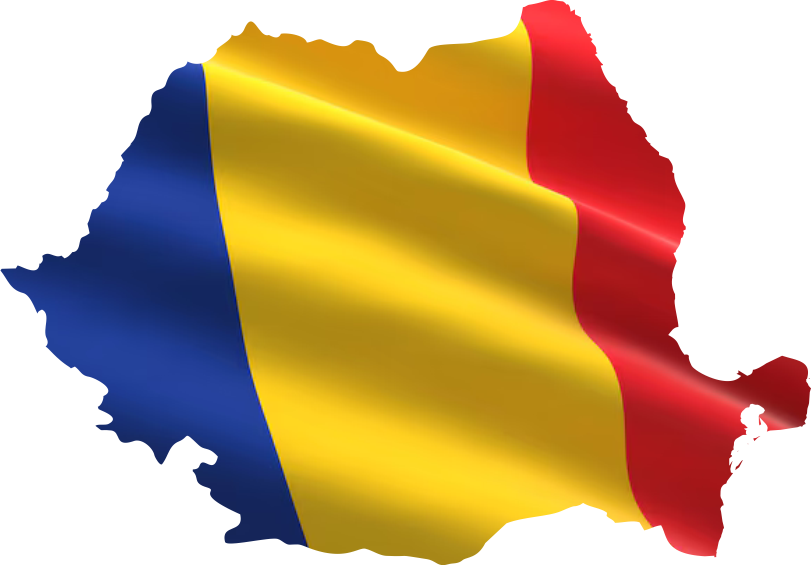
is a country located in the Western Balkans, bordered by Croatia to the north, west, and southwest, Serbia to the east, and Montenegro to the southeast. It has a small coastline along the Adriatic Sea. The country is a democratic republic with a complex political structure, consisting of two main entities: the Federation of Bosnia and Herzegovina and the Republika Srpska, along with the Brčko District. The population is diverse, with three main ethnic groups: Bosniaks, Croats, and Serbs, each with its own religious affiliations—Islam, Roman Catholicism, and Serbian Orthodoxy, respectively. The official languages are Bosnian, Croatian, and Serbian. The local currency is the Bosnian Convertible Mark (BAM), though the Euro is accepted in some places, particularly in tourist areas. English is increasingly spoken, especially among younger people and in urban areas.

is a landlocked country located in Southeast Europe, in the central part of the Balkan Peninsula. It is bordered by Hungary to the north, Romania to the northeast, Bulgaria to the southeast, North Macedonia to the south, Croatia and Bosnia and Herzegovina to the west, and Montenegro to the southwest. Serbia is known for its rich history, cultural heritage, and diverse landscapes, including plains, mountains, and rivers. Serbia is a parliamentary republic, and the population is predominantly Eastern Orthodox Christian. The official language is Serbian, which uses both Cyrillic and Latin scripts. The local currency is the Serbian Dinar (RSD). While the Euro (EUR) is accepted in some tourist areas, the Dinar is the primary currency used for everyday transactions. English is widely spoken, especially in urban areas and among younger generations, along with other languages such as Hungarian, Slovak, and Croatian in regions with ethnic minorities.
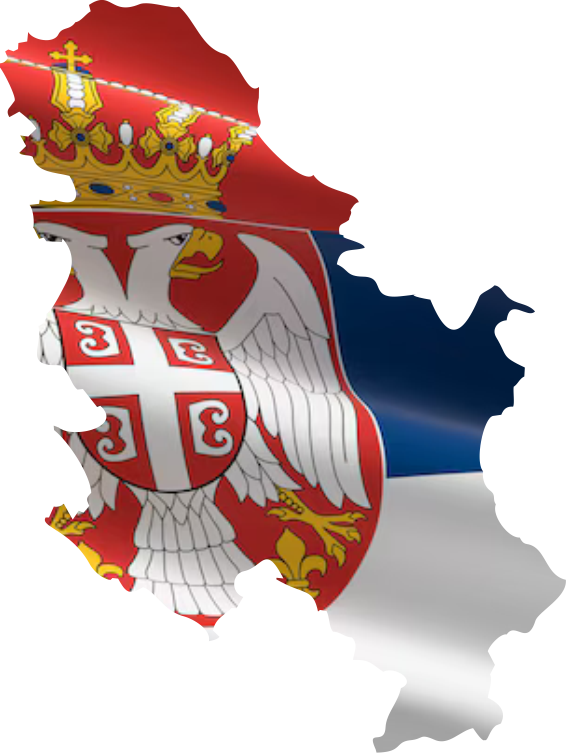
is a country located in the western Balkans, bordered by the Adriatic Sea to the southwest, Croatia to the west, Bosnia and Herzegovina to the northwest, Serbia to the northeast, and Albania to the southeast. It is a parliamentary republic with a diverse population, predominantly Eastern Orthodox Christian, and the official language is Montenegrin, which is closely related to Serbian, Croatian, and Bosnian. The local currency is the Euro (EUR), and while it is not an official member of the Eurozone, the Euro is widely accepted throughout the country. English is commonly spoken, especially in tourist areas and among younger generations.
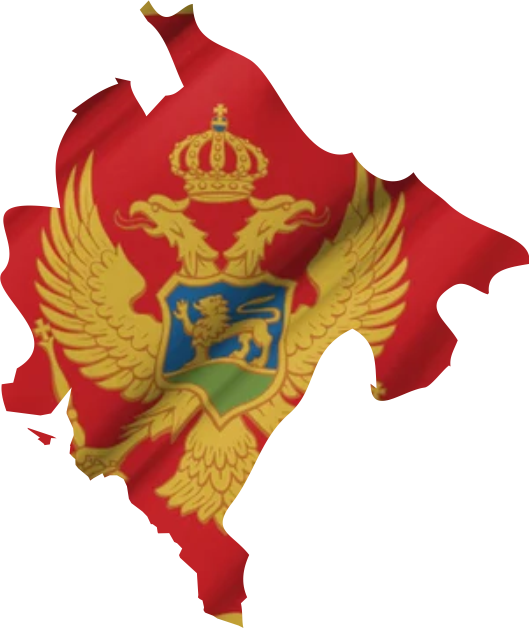
is a landlocked country in the western Balkans, bordered by Serbia to the north and east, Montenegro to the west, and Albania to the south. It has a small area with a diverse landscape, including mountains and valleys. Kosovo is a parliamentary republic with a predominantly Albanian population, and the official languages are Albanian and Serbian. The majority of the population is Muslim, with a significant Christian minority, primarily Orthodox. The local currency is the Euro (EUR), and it is widely used for transactions throughout the country. English is commonly spoken, especially among younger people and in urban areas.
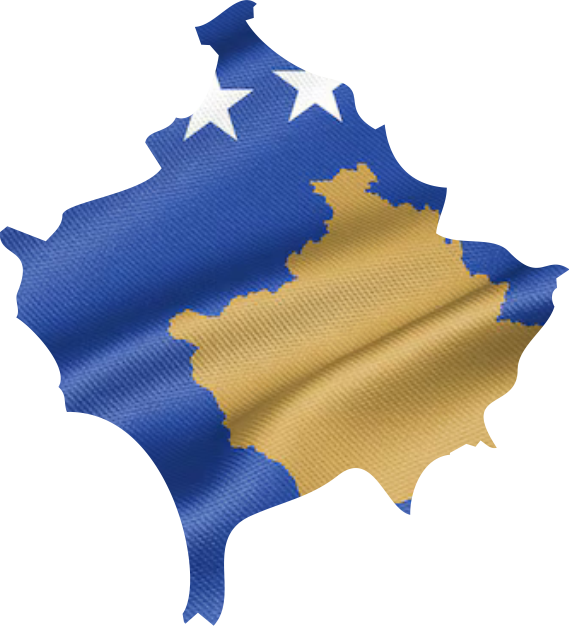
is a country in the western Balkans, bordering the Adriatic Sea, Greece, North Macedonia and Kosovo. It has a diverse landscapes containing spectacular mountains as well as a long coastline along the Adriatic Sea. It is a parliamentary republic with a predominantly Muslim population which speaks Albanian. English is widely spoken as a second language, as are Italian and French in some parts of the country. The local currency is Albanian Lek, but the Euro is accepted in most places.
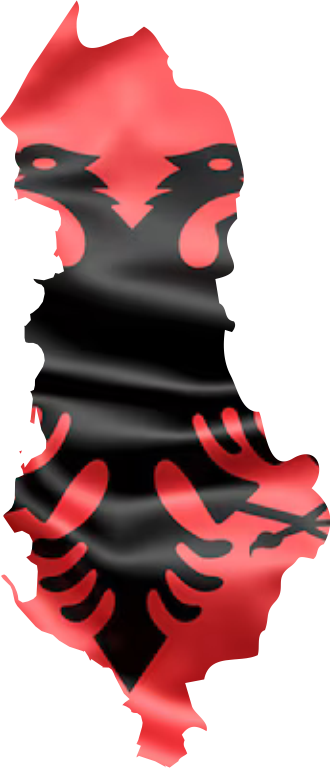
is a country located in southeastern Europe, bordered by Albania to the northwest, North Macedonia and Bulgaria to the north, and Turkey to the northeast. It is known for its extensive coastline along the Aegean, Ionian, and Mediterranean Seas, as well as its numerous islands. Greece is a parliamentary republic with a predominantly Greek Orthodox Christian population. The official language is Greek, which has a rich historical significance and is one of the oldest languages still in use today. The local currency is the Euro (EUR), and Greece is a member of the European Union and the Schengen area. English is widely spoken, especially in tourist areas and among younger people, along with other languages such as German and French.
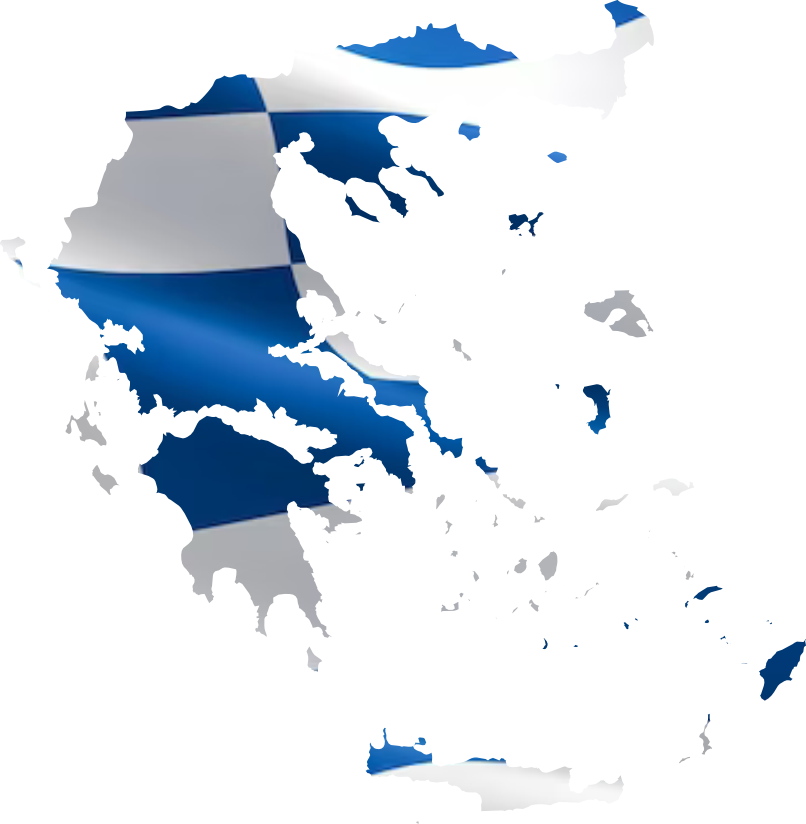
is a landlocked country located in the central part of the Balkan Peninsula, bordered by Kosovo to the north, Serbia to the northeast, Bulgaria to the east, Greece to the south, and Albania to the west. The country features diverse landscapes, including mountains and lakes. North Macedonia is a parliamentary republic with a diverse population that includes ethnic Macedonians, Albanians, Turks, and others. The official language is Macedonian, a South Slavic language, and the predominant religion is Eastern Orthodox Christianity, with a significant Muslim minority. The local currency is the Macedonian Denar (MKD), and while the Euro (EUR) is accepted in some tourist areas, it is not an official currency. English is increasingly spoken, particularly among younger generations and in urban areas.
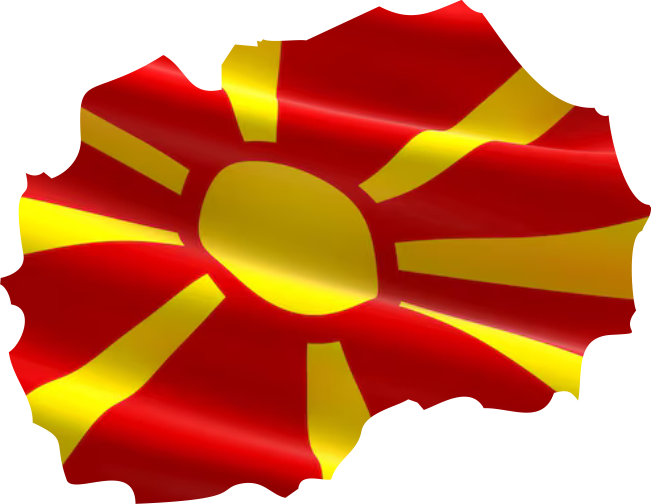
is a country in Southeast Europe, located on the Balkan Peninsula. It shares borders with Romania to the north, Serbia and North Macedonia to the west, Greece and Turkey to the south, and the Black Sea to the east. Bulgaria is a parliamentary republic with a rich cultural heritage influenced by both Eastern and Western civilizations. The population predominantly follows the Eastern Orthodox Christian faith, and the official language is Bulgarian. The local currency is the Bulgarian Lev (BGN), although the Euro is widely accepted, particularly in tourist areas. English is commonly spoken, especially in urban areas and among the younger population. Bulgaria is part of the European Union and the Schengen area.
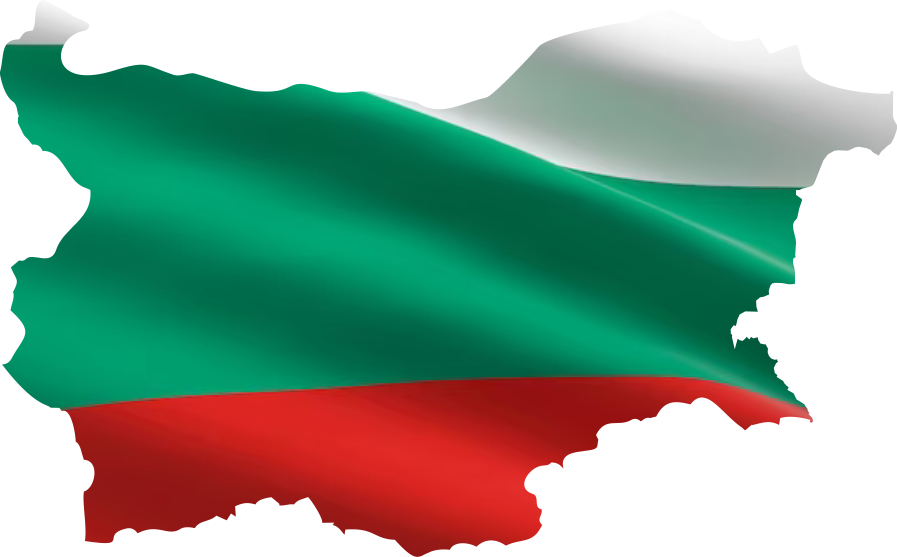
is a transcontinental country located mainly on the Anatolian Peninsula in Western Asia, with a smaller portion on the Balkan Peninsula in Southeast Europe. It is bordered by eight countries: Greece and Bulgaria to the northwest, Georgia to the northeast, Armenia, Azerbaijan, and Iran to the east, and Iraq and Syria to the south. Türkiye is surrounded by three seas: the Aegean Sea to the west, the Mediterranean Sea to the south, and the Black Sea to the north. Türkiye is a presidential republic with a diverse population that practices a range of religions, predominantly Islam. The official language is Turkish, which belongs to the Turkic language family. The local currency is the Turkish Lira (TRY). While the Euro (EUR) and US dollar are accepted in some tourist areas, the Lira is the primary currency used for transactions. English is commonly spoken in major cities and tourist destinations, especially among younger people and in the hospitality industry.
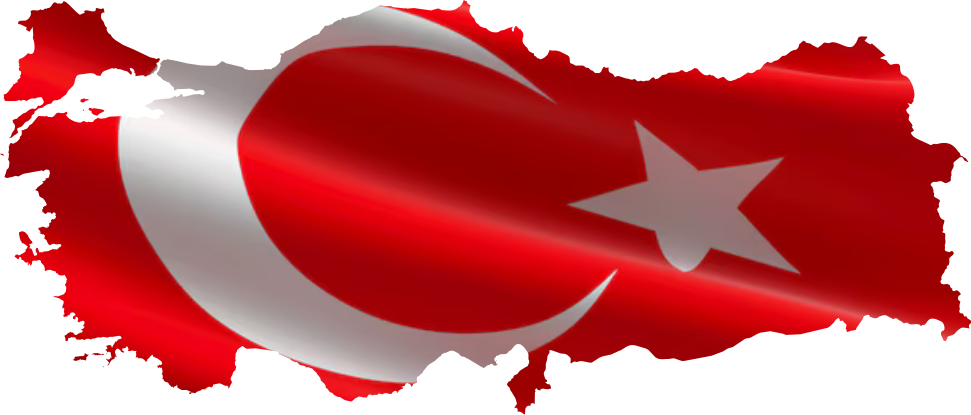
is an island country located in the Eastern Mediterranean Sea, south of Turkey and west of Syria and Lebanon. It is the third largest island in the Mediterranean, known for its beautiful beaches, rich history, and diverse culture. Cyprus is a presidential republic, with a divided political landscape that includes the Republic of Cyprus in the south and the Turkish Republic of Northern Cyprus in the north, which is only recognized by Turkey. The official languages are Greek and Turkish, reflecting the island's diverse population. The local currency is the Euro (EUR), as the Republic of Cyprus is a member of the European Union. English is widely spoken, particularly in urban areas and among the younger population, due to the island’s history as a former British colony.
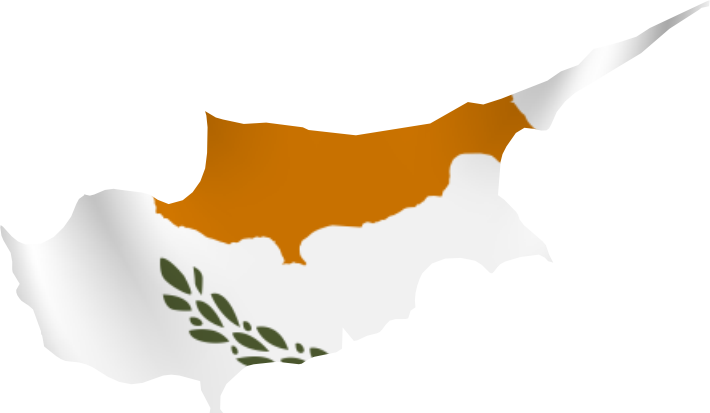
is a country located at the intersection of Eastern Europe and Western Asia, on the eastern shore of the Black Sea. It is bordered by Russia to the north, Azerbaijan to the southeast, Armenia to the south, and Turkey to the southwest. Georgia is a parliamentary republic with a diverse cultural heritage. The population is predominantly Georgian Orthodox Christian, and the official language is Georgian, which has its own unique script and belongs to the Kartvelian language family. The local currency is the Georgian Lari (GEL). While the Euro (EUR) and US dollar are accepted in some tourist areas, the Lari is the primary currency used for everyday transactions. English is increasingly spoken in major cities and tourist areas, though Georgian is more commonly used in everyday life.
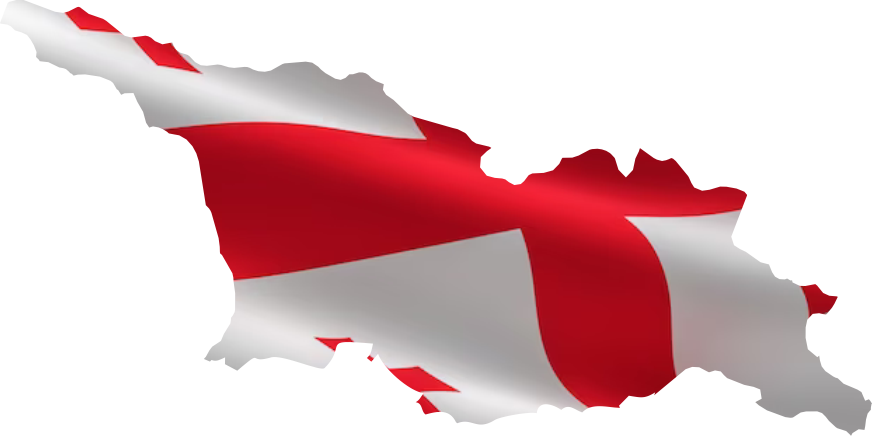
is a landlocked country located in the South Caucasus region of Eurasia, bordered by Turkey to the west, Georgia to the north, Azerbaijan to the east, and Iran to the south. Known for its mountainous terrain and rich history, Armenia is often referred to as the first nation to adopt Christianity as a state religion. Armenia is a parliamentary republic, and the majority of its population is Armenian Apostolic Christian. The official language is Armenian, which has its own unique alphabet and belongs to the Indo-European language family. The local currency is the Armenian Dram (AMD). While the Euro (EUR) and US dollar are sometimes accepted in tourist areas, the Dram is the primary currency used for transactions. English is increasingly spoken, particularly among younger generations and urban areas.
